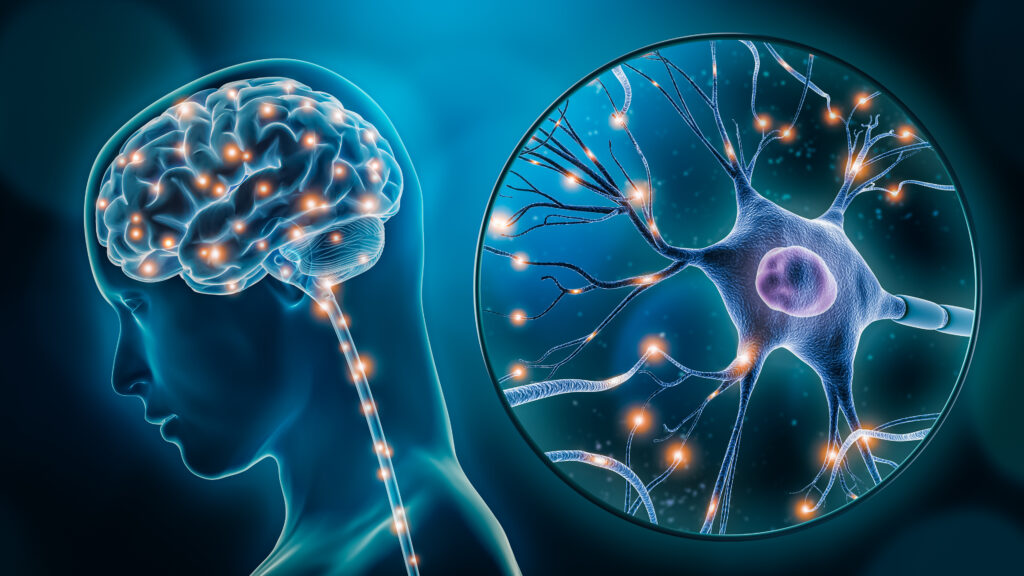Cerebrolysin

Cerebrolysin and Cognitive Impairment
Cognitive impairment becomes noticeable when a person has troubles remembering, learning new things, concentrating, or making decisions that affect everyday life. With mild impairment, people may begin to notice changes in cognitive functions, but still be able to perform their everyday activities. This stage of cognitive impairment is also called Mild cognitive impairment (MCI). Diagnosis at this stage is often very difficult as patient has often a normal score in specific cognition tests like MMSE (Mini-Mental State Examination). Often, the early signs of dementia only become apparent when looking back in time. The tendency of physicians to dismiss memory complaints as normal aging should be replaced by an enhanced awareness of mild cognitive impairment!
Why Cerebrolysin?
Severe levels of impairment can lead to losing the ability to understand the meaning or importance of something and the ability to talk or write, resulting in the in-ability to live independently. This can be various types of dementia. The most common forms are:
while sometimes these diseases co-exist.
Cerebrolysin is a nootropic drug which consists of low-molecular peptides which possesses neuroprotective and neurotrophic repair properties. The active fragment of Cerebrolysin is made of proteins with very low molecular masses that do not exceed 10.000 daltons. This means they can penetrate the blood-brain barrier and reach neurons directly. It has been proven to have neurotrophic action similar to nerve growth factors, which cause peripheral and central neuronal stimulation.
It improves efficiency within the brain’s aerobic metabolic processes and improves intracellular peptide synthesis. The neuroprotective properties of this nootropic agent help to shield neurons from lactocidosis, to prevent the formation of free radicals, and have been studied in Parkinson’s, Alzheimer’s, MS, ALS, TBI, and stroke. It also helps promote the growth of new brain cells, which helps improve brain cell communication enhancing learning capacity.
